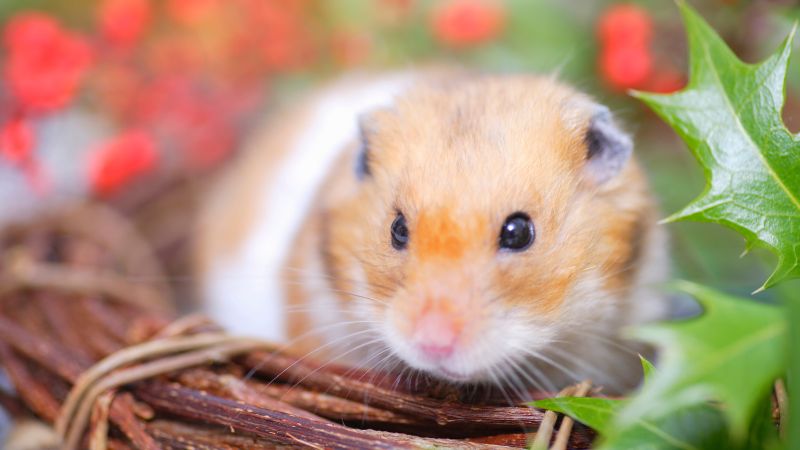
Can You Travel with a Hamster? A Comprehensive Guide
Traveling with a pet hamster isn’t as straightforward as it might seem. It requires careful consideration of your pet’s safety, comfort, and the logistics involved.

Are big cages good for hamsters? Absolutely YES. When choosing a cage, bigger is definitely better, and the benefits of providing a spacious habitat for your furry friend are immeasurable.
This question often pops up among hamster enthusiasts and pet owners.
Today, let’s dive into a topic that’s close to my heart: the size of your hamster’s home. Is bigger always better? Let’s find out.
Let’s explore how a spacious cage impacts various aspects of a hamster’s life:
Hamsters are active creatures that need ample space to run, play, and explore.
A larger cage allows for more physical exercise, which is crucial for maintaining their health and preventing obesity.
Exercise wheels, tunnels, and other toys can be added to enhance their physical activity.
A spacious cage provides more opportunities for mental stimulation.
Hamsters are intelligent and curious animals, and a larger environment filled with various toys, hiding spots, and climbing opportunities can prevent boredom and stress, leading to a healthier and happier hamster.
In the wild, hamsters travel several miles each night for food and exploration.
A larger cage mimics their natural habitat, allowing them to exhibit natural behaviors such as burrowing, foraging, and nesting. This is essential for their overall well-being.
I once helped a friend transition her hamster from a small cage to a larger one. The difference in her hamster’s behavior was night and day. More active, more playful – it was like watching a little explorer discovering a new world.
The bigger, the better, right? Well, sort of. The cage should also be safe, secure, and well-ventilated. And let’s not forget the essentials: a cozy nesting area, a sturdy wheel, and plenty of chew toys.
The term “big” is relative, but for hamsters, the recommended minimum cage size is 450 square inches of uninterrupted floor space.
However, bigger is always better. A cage that exceeds this minimum size provides more room for exercise and enrichment activities.
This large hamster cage with an area of 776.58 square inches, will meet all your needs.
Each type of cage has its own set of advantages and considerations. Here are some types of large cages for hamsters:
Creating an ideal habitat within a large cage is crucial for your hamster’s well-being.
It’s not just about the size of the cage, but also how you equip and maintain it to cater to your hamster’s needs.
Here are some key aspects to consider:
Are big cages good for hamsters? Absolutely. A larger cage is not just a luxury; it’s a necessity for the well-being of these adorable creatures.
But it’s more than just size. It’s about creating a safe, stimulating, and loving environment.
As hamster owners, we’re not just caretakers; we’re architects of tiny worlds.
Remember, a happy hamster is an active and curious one, and a large cage is key to achieving this happiness.


Traveling with a pet hamster isn’t as straightforward as it might seem. It requires careful consideration of your pet’s safety, comfort, and the logistics involved.

Finding the best hamster cage for Syrian hamster is crucial, as these curious, low-maintenance, and independent pets thrive in the right environment. The primary concern

When I began, the task of selecting essentials for a natural hamster habitat was daunting. To ease this process, I’ve assembled an exclusive set of

Have you ever wondered, “Are hamsters happier in bigger cages?” Generally YES. It’s a question that might seem straightforward, but there’s more to it than

Traveling with a pet hamster isn’t as straightforward as it might seem. It requires careful consideration of your pet’s safety, comfort, and the logistics involved.

Finding the best hamster cage for Syrian hamster is crucial, as these curious, low-maintenance, and independent pets thrive in the right environment. The primary concern

When I began, the task of selecting essentials for a natural hamster habitat was daunting. To ease this process, I’ve assembled an exclusive set of

Have you ever wondered, “Are hamsters happier in bigger cages?” Generally YES. It’s a question that might seem straightforward, but there’s more to it than
Copyright © 2024 woodhamstercage. All Rights Reserved.